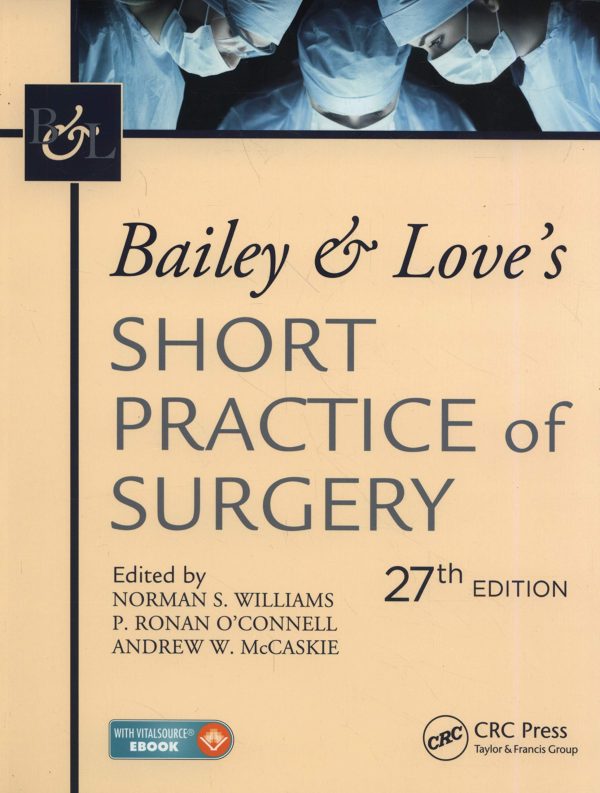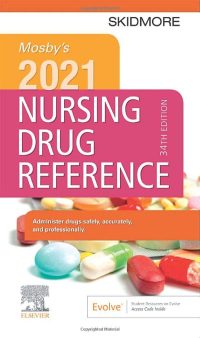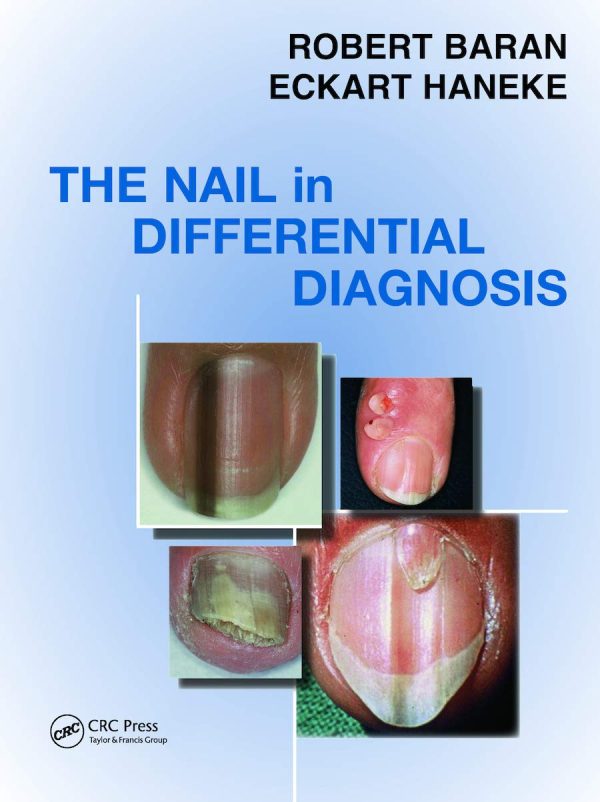Description
A General Description
The Color Atlas of Pharmacology provides a thorough review of the major pharmacological issues. The Atlas is split into three sections. The first section covers general pharmacology and includes significant topics such as pharmacology’s history, drug sources, and development.
Fortunately, even with Atlas’s modest size, significant knowledge about drug management strategies, drug dispersion and removal, and drug interactions are covered. There’s also an outline of the techniques which may be used to quantify a medication’s outcome, as well as critical factors utilized to illustrate drug pharmacokinetics.
Aspects of receptors that characterize drug-receptor interactions, such as theories of molecular mechanisms of agonist/antagonist action, are also discussed. The Atlas also takes a look at pharmacogenetics, a new field in advanced pharmacology.
The student is exposed to the significance of inter-individual diversity in the development of essential drug-metabolizing intracellular pathways that decide a drug’s fate in the body through a series of paradigms.
It gets clear that polymorphism is a critical component in pharmacological treatment success.
The chapter on systems pharmacology concentrates on the primary types of medications utilized to cure disorders that affect a specific function, including the cardiovascular system or the respiratory system.
Each chapter provides an outline of the system’s immune function, which is essential for comprehending medication effects and effectiveness. As a result, knowledge on drug therapeutic effects, such as receptor-linked signaling cascades and receptor selectivity, is also supplied.
Illustrations, explanatory schemes, and drawings used across the Atlas to give details regarding a drug’s active ingredient, origin (when possible), kind of receptor sites that the medication binds to, and mode of administration. Generally, these are highly helpful to the text, delivering the most vital pieces of facts.
High blood pressure, hypotension, angina pectoris, sudden cardiac death, gout, obesity, osteoporosis, rheumatoid arthritis, migraine, the prevalent extremely cold, allergies, bronchial asthma, emesis, alcohol abuse, and glaucoma are among the different disorders covered in the Atlas’ third section.
The major causes of these ailments are identified, and the viewer is exposed to the most effective treatment options. The advantage of trends and negative impacts of the recommended drugs are also addressed. The Atlas concludes with a list of excellent resources for additional research.
The visuals have indeed been improved and modernized, and the textbook has been substantially edited to reflect all current breakthroughs and emerging medications.
To allow consumers to effectively assimilate vital data and principles, each two-page layout features a short message on the left and extensive comprehensive pictures on the right. — Learners will benefit from the color scheme chapters, these give a valuable foundation for approaching the most recent advances in pharmacology.
Heinz Luellmann, Klaus Mohr, and Lutz Hein are the authors of this book.
The Third Edition Of The Color Atlas Of Pharmacology
Luellmann’s Color Atlas of Pharmacology, Fifth Edition, has been thoroughly reworked to reflect all the latest developments and novel medications, as well as improved and improved visual representations.
To allow consumers to efficiently assimilate vital data and ideas, every two-page layout features a simple paragraph on the left and extensive comprehensive pictures on the right.
Learners will benefit from the color scheme chapters that give a suitable structure for approaching the most recent advances in pharmacotherapy.
Section 1 covers the fundamentals of pharmacotherapy, including absorption of drugs, distribution, and metabolism, as well as the biological processes of pharmacological action.
Section 2: Systems Pharmacology introduces the various pharmacological classes, highlighting their operational and pharmacological implications.
Part 3, Therapy of Selected Diseases, covers everything you need to know about the pharmacological treatment of a wide range of ailments.
Characteristics To Look For
Research and reviewing, self-assessment, and rapid access are all made easier with this user-friendly style.
With 174 color plates, this edition has been slightly modified and upgraded.
An updated dictionary of significant and intriguing pharmacology words has been added to the site.
Revised thorough pharmaceutical indexes with the most up-to-date knowledge on medications categorized by branded and generic names.
Each learner, nurse, and practicing clinician who needs to stay up on recent breakthroughs in the field will find the Fifth Version of Color Atlas of Pharmacology to be an invaluable research technique and resource.
Table Of Contents
General Pharmacology includes the following:
- Drug Administration
- Drug Elimination
- Cellular Sites of Action
- Distribution in the Body
- History of Pharmacology
- Drug Sources
- Drug Administration
- Drug–Receptor Interaction
- Adverse Drug Effects
- Drug-independent Effects
- Cellular Sites of Action
- Distribution in the Body
- Pharmacokinetics
- Quantification of Drug Action
Systems Pharmacology consists of the following:
- Immune Modulators
- Antidotes
- “Recreational Drugs”
- Vasodilators
- Inhibitors of the Renin-Angiotensin-Aldosterone System
- Drugs Acting on Smooth Muscle
- Drugs Affecting the Motor System
- Drugs for the Suppression of Pain (Analgesics)
- Drugs Acting on the Central Nervous System
- Drugs Affecting the Endocrine System
- Antibacterial Drugs31 Antifungal Drugs
- Antifungal Drugs
- Antiviral Drugs
- Sympathetic Nervous System
- Parasympathetic Nervous System
- Biogenic Amines
- Cardiac Drugs
- Antianemic Agents
- Antithrombotic Agents
- Plasma Volume Expanders
- Drugs Used in Hyperlipoproteinemias
- Diuretics
- Water and Electrolyte Disorders
- Gastrointestinal Tract
- Antiparasitic Drugs
- Tropical Diseases
- Anticancer Drugs
Therapy of Selected Diseases includes the following:
- Neurological Diseases
- Eye Diseases
- BoneDisorders
- Metabolic Disorders
- Immune Disorders
- Cardiovascular Diseases
- Further Reading
- Glossary
- Drug Index
- Abbreviations













